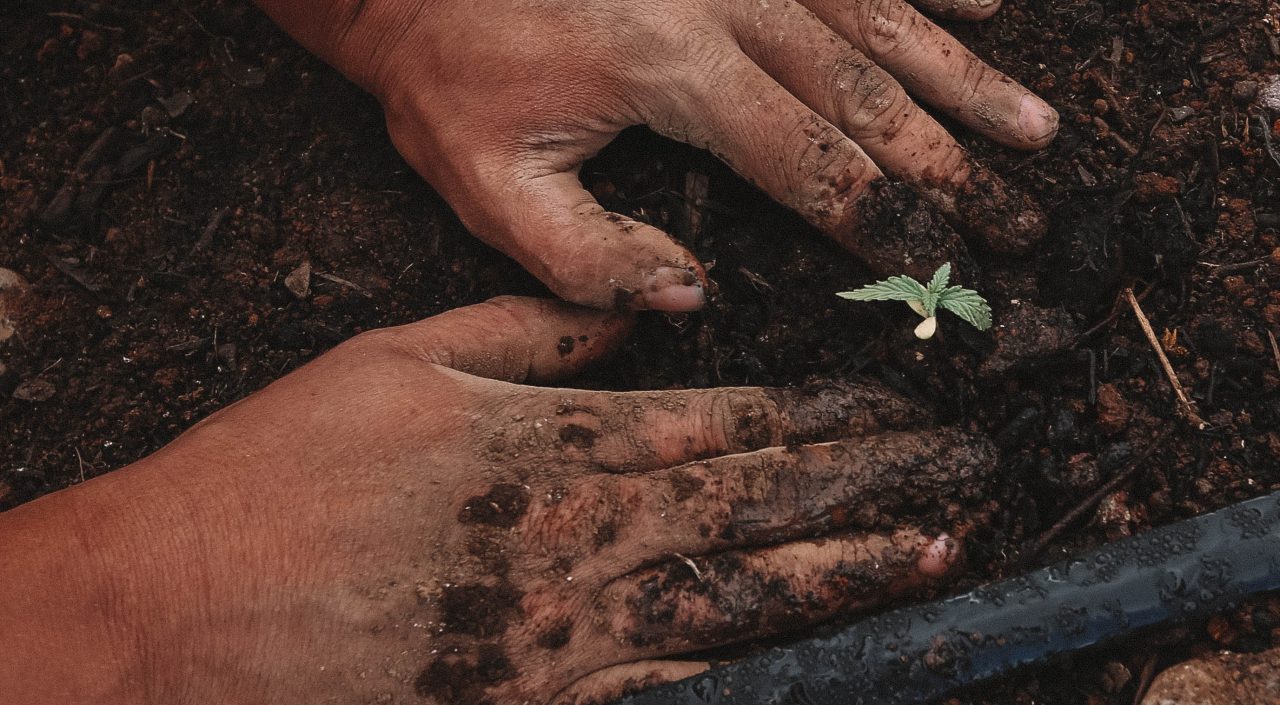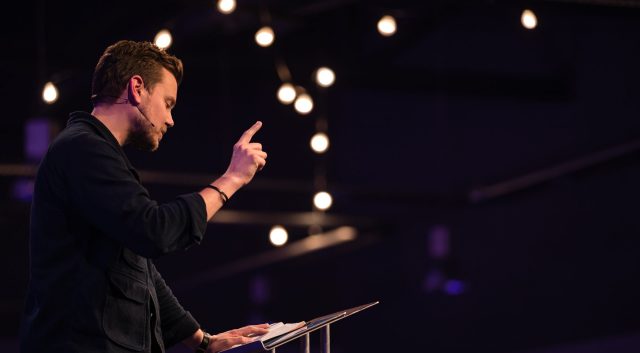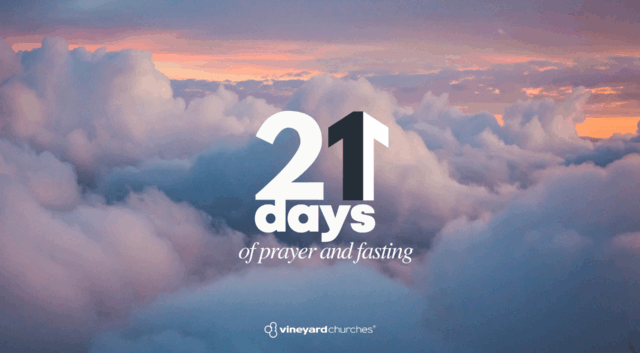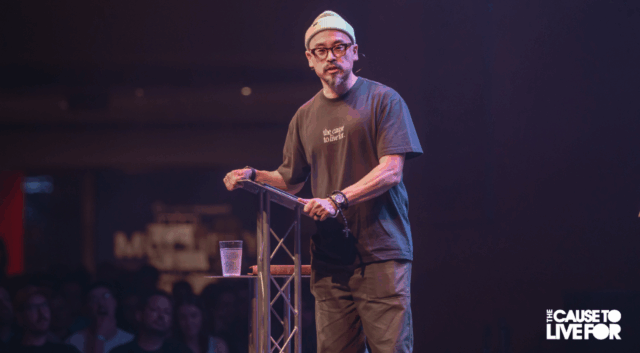After a difficult year riding out the storm that has been the pandemic, you may find yourself asking, “how are we going to build back from this as a church? Not just back to what was, but how can we rebuild? And Lord give me the energy for this!”
Over the pandemic many ministries were paused, significant adjustments were made to our Sunday and midweek gatherings, and new compassion projects were started in order to reach those most affected. Many leaders now are in the throes of making decisions about how, when and what to bring back. To rebuild, each church is having to revisit vision, strategy, ministries, small groups, leadership development and teams. In essence every church has an element of reshaping and rebuilding for all that lies ahead.
So what does it look like to take your church back into a stage which most resembles the early days of church planting? For some of us this will be a very recent experience, for others it’s been much longer. What are the markers of the planting stage? Here are 8 observations that may help you face the challenges and grasp the opportunities as you replant in your local context:
1) Building momentum
In the early days this is what it is all about – starting something from nothing. Whether your church maintained an online presence over lockdown or not, your physical gatherings have been in a state of inertia, and that requires energy to change. Objects at rest tend to stay at rest. But the excitement that comes with this is also something new church planters are familiar with – possibility. Similarly to the start of lockdown, there is grace to change things. It will be less so as we re-emerge, because you will also be battling the expectations people have held for all those months about the return of the gathered environment, but don’t let that pressure direct you. We less need to feel tied to what things looked like at the start of the pandemic. Instead, we have the opportunity to go back to the statement and the question that defined your early planting days.
- The statement – This is who we are. We’d do well to draw our momentum from God’s love for humanity and the mandate he has given us to show this love by reaching the lost, making disciples, restoring justice and meeting the practical needs of the disadvantaged. It might be helpful to revisit the prophetic words you had before you planted about how God was calling your particular church to do this, and let them drive you forward. We seek to gather people around the core concept that you are a family on a mission, and you are clear about what being part of that family means.
- The question – Lord, where are you taking us? We afresh seek the Lord to direct your prayers, plans and programs as you did in those early days. What can we start? Where is there a new opportunity? What can we let go of? The energy required to rebuild momentum will be worth it if it is spent following after his promptings.
2) Embracing Fragility
Two practical factors that bring stability to a church are a regular venue and a regular team. These are often missing in the early stages of planting and things can feel incredibly fragile. As we replant this sense of fragility is likely to be felt regardless of the size of the church. Whether it’s a church of 20, 50 or 500, many of us have lost our venues and as we re-emerge we are discovering that some of our leaders or members are also no longer with us, or at least in the way that they were. But we will also discover new faces and people that are ready to commit to and serve the vision, new places to call home. So, over the next few months we must ask ourselves, where and who is God giving us? Who can we build on? Who has time and energy? Who can set the spiritual temperature? The answer to those questions will help us rebuild, and lead us into another characteristic of the early days of planting.
3) Steps of faith
When we start anything new, whether it’s a site, a compassion project or a small group, there is a sense of adventure about it. We often have to take steps of faith, praying and relying on God to provide the venue, leaders, team and finances that we need. With this adventure comes an element of risk. Will this work out? Will God supply us with all we hope for to fulfil the vision we believe He has given us?
As we rebuild as a church we can find ourselves in this position again. We need to embrace taking bold steps of faith as we replant, trusting in the faithful and able One who has done it before and will do it again. There is a remarkable opportunity to take risks and try things, projects and invest in people in a new way.
4) Creating new rhythms
Church is on this week, but not next week. The following week is a family service in the park, then a worship night, followed by two weeks off. This is something that large and established churches have traditionally shied away from, but that church planters consider to be their bread and butter, and it is going to be a key characteristic of re-emergence because of your people. For those members of your community who have remained fully plugged in throughout lockdown, they need a break. You need a break. Summer in particular is going to be sporadic as people fit in as many holidays and visits to loved ones as they can, and you’d do well to recognise that longing and need.
For those who have not been fully connected, they are out of the rhythm of Sunday gathering and it is going to take a while to form the habit of prioritising it again. We may find that over time we need to readdress areas of discipleship such as putting the Kingdom first, sacrificial commitment to a church family, and serving God with all our time, energy and resources. In the meantime, we will need grace and understanding as people grow healthy rhythms once more.
The reason new, small churches can cope so well with this lack of rhythm is all down to communication. They can let all their people know about changes with a single Whatsapp message and people are expecting fluidity. That may not be the case for you; perhaps you need a new communication channel, perhaps you just need to re-work a current one, but clear communication is going to be key to building momentum over the inevitable lack of rhythm we should expect for the next 3-6 months.
5) Flexible structures
Throughout this pandemic many of us have learnt the hard way the importance of being flexible! Our illusion of control rapidly shattered as we came to terms with the uncertainty of our situation. Our carefully thought-through plans became redundant from one day to the next. Not since we planted have we had to go back to the drawing board so many times, sometimes daily!
This heightened ability to be flexible will continue to be utilised as we replant our churches. Due to ongoing uncertainties over variants, infection levels and restrictions we are unable to plan for the year but have to continue to plan for the moment. We may need to put more of our energy into what lies immediately ahead such as building teams, restarting Sundays and regathering community.
Our teams and structures will need to remain fluid. We need to be aware of those we lead and the teams that we have. Many are weary and will feel unable to serve or give in the same way whilst some will be energised by the opportunity to pioneer, reshape and re-form our churches. People that have previously felt on the edge have an opportunity to get involved and new leaders can be integrated and developed. This means ministry areas and teams will need to be changed, staff and key volunteers repositioned, with fresh involvement from new people, thus allowing our ministries to be built around different leaders and different structures. It would be wise for the church and its leaders to be prepared for this to understand the importance of restructuring in our new landscape.
Another area of fluidity is the balance between in-person and online gatherings. Some small groups, ministries and training will remain online, others will adopt a hybrid model, with others returning to a purely in-person presence. This balance will likely shift over the upcoming months in response to changes in infection levels, people’s behaviour and restrictions. But it’s safe to say that online church in some form is set to stay. Not only does it provide an easy and accessible way for people to try out church for the first time but, utilised well, it can provide more points of connectivity allowing more people to be reached in our church and local community.
6) Gathering and connection
The restrictions we have faced over the past year have meant that we have not been able to gather as a church family in ways we would have hoped. Many have felt the weight of isolation, some have drifted to the peripheries of the church community and new people may have felt unable to properly embed into the life of the church.
As a result gathering and points of connection will be a priority, just as they were when you planted. We’ll need to facilitate multiple opportunities to gather, and variety is key. Some people will want to gather over picnics or barbecues as they have missed social interactions, others will want to be active and serve the needs of the city or local community, others will want to worship together freely, pray together, read the bible & minister to one another. Additionally, what people think they might want may not be what they actually want. We may find that many are saying that they are keen to return to Sunday gatherings, but when it comes to it, the reality of being in a large crowd will prove too much too soon.
7) Seeing the opportunities not dwelling on the problems
Just like every church plant, as we emerge from the pandemic each church will be in a unique situation bringing with it an individualised blend of opportunities and problems. We have a choice as leaders to seize the opportunities that our circumstances present and withstand the temptation to dwell solely on the problems.
A key example is that some churches will have lost their Sunday venue, or, on the opposite side of the spectrum, found themselves in a fixed contract with a venue that they have been unable to use to worship over the past year. For the former, the opportunity to grasp is facilitating points of connections where community can form in a way that is impossible on a Sunday. For the latter, one of the opportunities could be exploring ways of using some of the space to serve and restore their community in the wake of the pandemic.
Despite the many challenges our church may face, with the guidance and direction of the Holy Spirit, many opportunities will arise to see His Kingdom come as we replant.
8) Keep your house standing
Finally and crucially as leaders we need to prioritise keeping our own house standing. The temptation as we replant is to spend every waking moment planning, implementing and driving forward our vision. With many new challenges and opportunities emerging from the pandemic, we can feel like there is a lot on our plates. Not only that, but some of us will have faced personal challenges over the past year that need to be addressed as we move forward.
—–
We will do well to remember two things. Firstly, this is a marathon and not a sprint. The journey of leadership is a long one and we want to be leaders who avoid burnout and lead effectively for the long haul without neglecting our family and friends.
Secondly, we need to trust in Jesus when He said in Matthew 16:18 “I will build my church, and the gates of Hades will not overcome it.” Ultimately the church or ministry areas that we lead belong to God. We need to remember whose church it is. He is the master builder and can be trusted as we look to replant and rebuild our churches, just as we trusted Him in the early days of planting.
James Rankine and Paul Lowe










